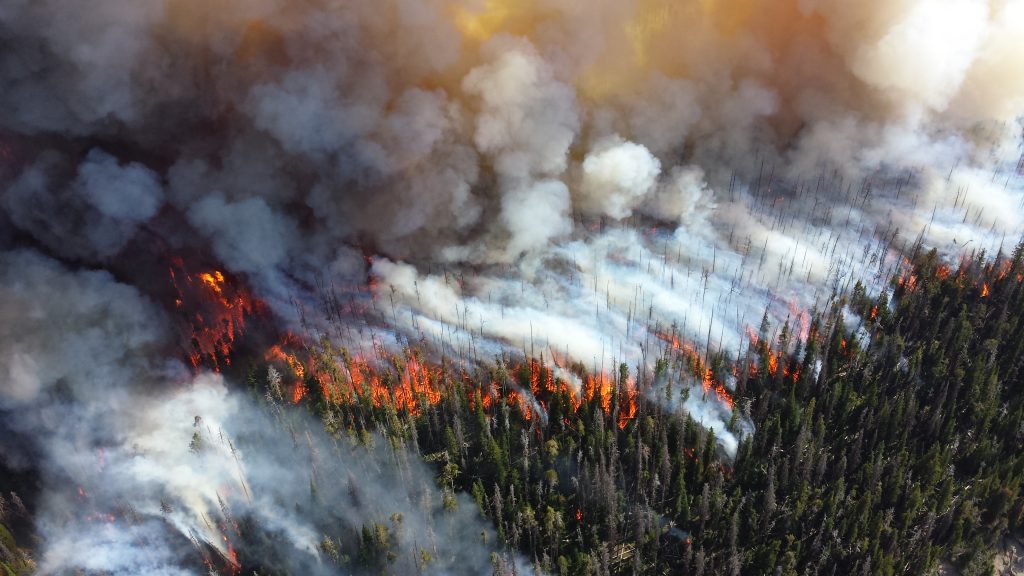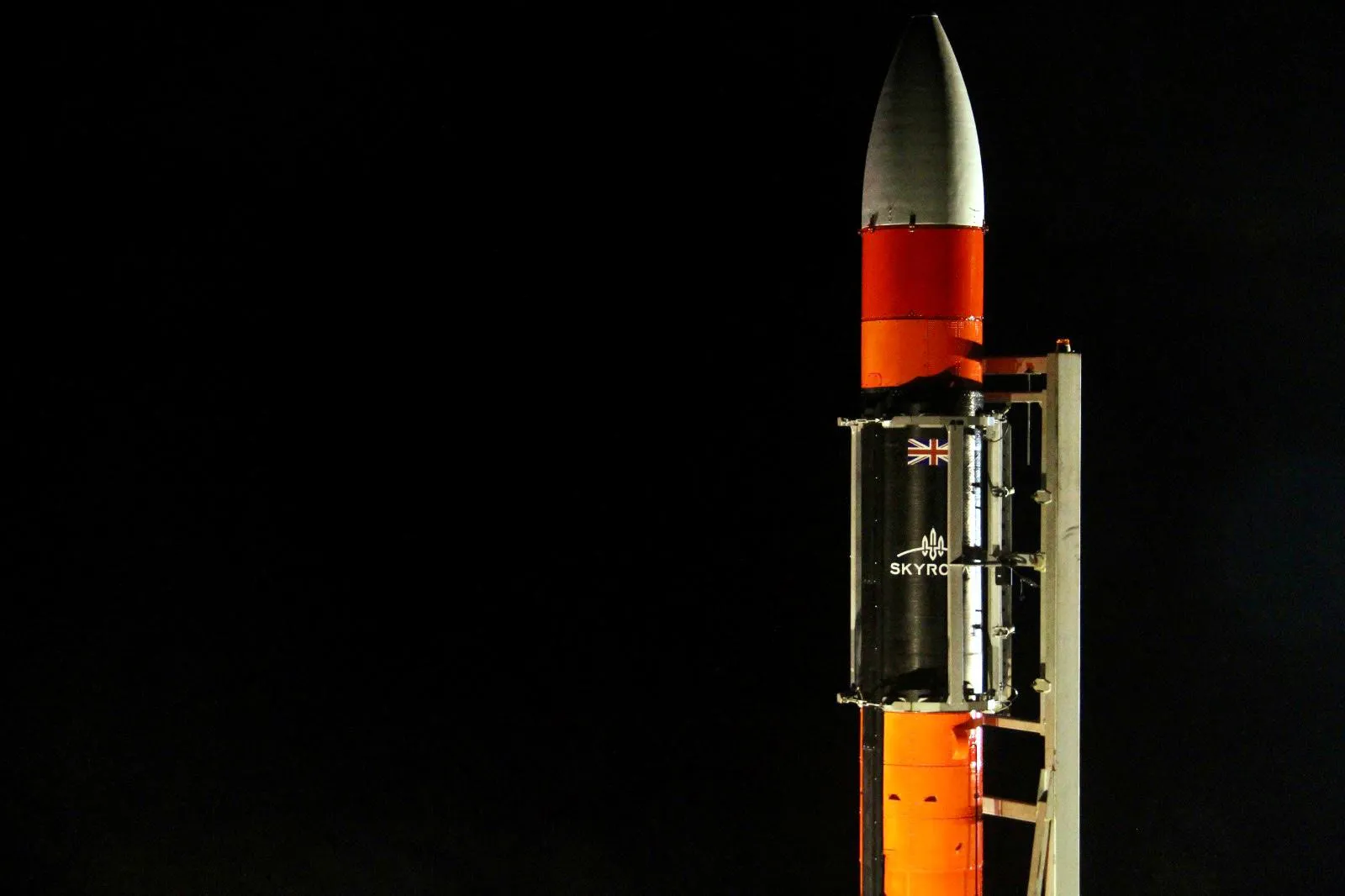Penguins from space — new colonies discovered

Emperor penguins near BAS Halley Research Station. Image credit: British Antarctic Survey
Satellite images analysed by the British Antarctic Survey scientists led to the discovery of eleven new Emperor penguin colonies on the Antarctic coastline. The discovery reveals both good and bad news, as the newly identified breeding sites are located in highly vulnerable locations.
Before getting into more details, let’s briefly look at why satellite wildlife tracking is important, as well as understand why monitoring the Antarctic regions is crucial to us all.
WHY IS SATELLITE WILDLIFE MONITORING IMPORTANT?
From tracking endangered species to documenting the condition of the planet, satellites are aiding the scientific communities around the world to create a holistic perspective of life on Earth through the eyes of wildlife. What is the perfect place to understand the global interplay of life and all the complex interactions that take place on Earth, if not space itself? Observing wild animals globally not only offers us insight into flocking behaviour or migratory movements, but can also warn us before environmental disasters strike, as well as show us firsthand the planetary effects of climate change.
WHAT ABOUT ANTARCTICA?
Remote sensing data is crucial for the study of highly inaccessible areas, such as the Antarctic territories, with temperatures that can reach −50°C. For instance, these surveys allow the continuous mapping of local wildlife and ice loss, which are otherwise very difficult to observe due to the low in-situ accessibility.
But why is the mapping of these regions important? Polar regions are the first areas to be affected by climate change as they warm faster than any other areas, thus showing the first symptoms. To illustrate, since the late 80s, the South Pole has warmed more than three times the global average rate, at 0.61 ± 0.34 °C per decade.
At the same time, their entire evolution has a very serious global impact, as Antarctica alone holds about 90% of the ice found on Earth. One example is the Thwaites glacier, flowing from West Antarctica into the Amundsen Sea, is estimated to be the sole culprit for about 4% of the total sea level rise within the last 25 years. It was concluded that if the whole glacier would end up into the sea, the domino effect provoked could lead the global sea level to rise by up to 5 meters.
Can the Antarctic fauna give us any insight? From tracking whales to mapping penguin colonies, monitoring Antarctic wildlife can help determine which areas are most at risk from climate change and resource exploitation, as well as aid the identification and protection of Areas of Ecological Significance (AESs). Additionally, satellite technology is critical for the survival and conservation of species that are threatened by extinction, such as the great albatrosses.
NEW EMPEROR PENGUINS DISCOVERED FROM SPACE
Satellite data is essential for tracking penguin colonies, also known as rookeries, as half of the penguin colonies from Antarctica have been identified thanks to satellite imagery. The process not only tells the location and number of penguins, but also helps determine the timing of egg laying and hatching, as well as the availability of prey, which is essential for successful breeding. In addition, the impact of environmental challenges on these iconic birds, such as behavioural changes, can also be assessed via satellite observations.
Penguins have caught the attention of the British Antarctic Survey (BAS) scientists for a long time, and for the past 10 years new colonies have tirelessly been sought by using satellite data to seek guano stains on the ice.
Thanks to Sentinel-2 images available for 2016, 2018 and 2019, BAS scientists have confirmed eleven new Emperor penguin colonies. Two of them were identified across the Peninsula Region, three in West Antarctica and six in East Antarctica. This counts for 18% more Emperor rookeries living in Antarctica than previously estimated, raising the total number of possible breeding sites to 61. Nonetheless, the newly found birds only account for 5-10% (25,000–55,000 birds) of the total penguin population, as the size of the rookeries discovered is quite small. Interestingly enough, part of the detected colonies are located in offshore habitats, indicating a surprising behaviour which was previously unreported for Emperor penguins.
The Emperors are dependent on a dynamic, at risk, sea-ice ecosystem. All of the newly identified breeding sites are located in these highly vulnerable areas, which are likely to be lost due to climate changes caused by the current greenhouse gas emission rates. This suggests a significantly larger population decrease of the Emperor penguin than previously anticipated, which already estimates a loss of over 90% in 80% of the existing colonies, rendering them as quasi-extinct.
Even under the best-case scenario of the Paris Agreement, the Emperor penguin population will diminish by at least 31% over the next three generations. Accordingly, the conservation status of the Emperors is currently under consideration to be changed from “Near Threatened” to “Vulnerable”, by the International Union for Conservation of Nature (IUCN).
What is more, climate change does not affect only the Emperors, as researchers have observed a decline in the chinstrap penguin colonies by over 75% over the past half century. From the 8 Antarctic penguin species, four are listed as Near Threatened, two are Vulnerable, and only two Least Concern under the IUCN database.
HOPEFUL FUTURE
Constant monitoring can enable scientists to gain a better understanding of the dynamics and behaviours of different species, as well as gain insight into how each of them are affected by environmental challenges. To this end, satellite technology can aid the fight towards ensuring the survival of the Antarctic fauna in the face of climate instability.
References:
1. Barrett, A., 2020. Penguins Help Researchers Identify The Most Vulnerable Areas Of The Antarctic. [online] BBC Science Focus Magazine. Available at: https://www.sciencefocus.com/news/penguins-help-researchers-identify-the-most-vulnerable-areas-of-the-antarctic/[Accessed 10 August 2020].
2. BBC News. 2020. Significant Jump In Emperor Penguins Numbers. [online] Available at: https://www.bbc.co.uk/news/science-environment-53549299 [Accessed 10 August 2020].
3. Beeler, C., 2019. If Thwaites Glacier Collapses, It Would Change Global Coastlines Forever. [online] Public Radio International. Available at: https://interactive.pri.org/2019/05/antarctica/thwaites-glacier-collapse.html [Accessed 10 August 2020].
4. British Antarctic Survey. 2012. PRESS RELEASE: Penguins Surveyed From Space - British Antarctic Survey. [online] Available at: https://www.bas.ac.uk/media-post/scientists-count-penguins-from-space/ [Accessed 10 August 2020].
5. British Antarctic Survey. 2020. Scientists Discover New Penguin Colonies From Space - British Antarctic Survey. [online] Available at: https://www.bas.ac.uk/media-post/scientists-discover-new-penguin-colonies-from-space/ [Accessed 10 August 2020].
6. British Antarctic Survey. n.d. Penguins - British Antarctic Survey. [online] Available at: https://www.bas.ac.uk/about/antarctica/wildlife/penguins/ [Accessed 10 August 2020].
7. British Antarctic Survey. n.d. Wildlife From Space - British Antarctic Survey. [online] Available at: https://www.bas.ac.uk/project/wildlife-from-space/ [Accessed 10 August 2020].
8. Clem, K., et al. 2020. Record warming at the South Pole during the past three decades. Nature Climate Change, 10(8), pp.762-770.
9. European Space Imaging., 2019. Penguins From Space: VHR Satellite Imagery To Decrease Vulnerability. [online] Available at: https://www.euspaceimaging.com/penguins-from-space-vhr-satellite-imagery-to-decrease-vulnerability/ [Accessed 10 August 2020].
10. Express & Star. 2020. Penguins Help Map Antarctic Regions In Greatest Need Of Protection. [online] Available at: https://www.expressandstar.com/news/uk-news/2020/04/24/penguins-help-map-antarctic-regions-in-greatest-need-of-protection/ [Accessed 10 August 2020].
11. Financial Times. 2020. Climate Change: What Antarctica’s ‘Doomsday Glacier’ Means For The Planet. [online] Available at: https://www.ft.com/content/4ff254ed-960d-4b35-a6c0-1e60a6e79d91 [Accessed 10 August 2020].
12. Fretwell, P. and Trathan, P., 2020. Discovery of new colonies by Sentinel2 reveals good and bad news for emperor penguins. Remote Sensing in Ecology and Conservation,.
13. Hindell, M., et al. Tracking of marine predators to protect Southern Ocean ecosystems. Nature, 580, pp.87–92.
14. Lianne Kolirin, C., 2020. Some Antarctic Penguin Colonies Have Declined By More Than 75% Over 50 Years. [online] CNN. Available at: https://edition.cnn.com/2020/02/10/world/chinstrap-penguin-decline-scli-intl-scn/index.html [Accessed 10 August 2020].
15. MercoPress. 2020. Magellanic Penguins Rookery Discovered In Tierra Del Fuego Remote Island. [online] Available at: https://en.mercopress.com/2020/01/17/magellanic-penguins-rookery-discovered-in-tierra-del-fuego-remote-island [Accessed 10 August 2020].
16. Vaughan, A., n.d. Thwaites Glacier. [online] New Scientist. Available at: https://www.newscientist.com/term/thwaites-glacier/ [Accessed 10 August 2020].



